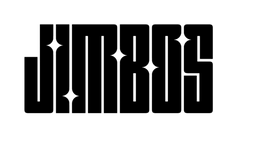Triphene Spray – Hype or Real Protection?
“Triphene” is the latest buzzword in ceramic coatings, often marketed as the next evolution beyond graphene. But does it actually improve protection, or is it just another label?
What Is Triphene Spray?
Triphene is typically a marketing term describing a blend of SiO₂ (silica), SiC (silicon carbide), and other additives. While it sounds high-tech, the performance depends more on formula quality and prep than the buzzword itself.
Our Test Results
- Gloss: Good initial depth, though not dramatically higher than standard ceramic sprays.
- Slickness: Noticeable improvement over bare paint but slightly less slick than Tough As Shell in side-by-side testing.
- Durability: Beading and sheeting lasted ~5 weeks before noticeable decline in daily driver conditions.
- Ease of Use: Application is similar to most ceramic sprays, but streaking occurred when over-applied in direct sun.
Hype vs Reality
While “Triphene” sounds innovative, our experience suggests it’s more about branding than a true leap in performance. A well-formulated ceramic spray without the fancy name can match or beat its results.
Best Use Case
Triphene sprays can be a fun experiment for enthusiasts chasing new tech, but for dependable long-term slickness and hydrophobics, a proven product is a better investment.
Proven Alternative: Tough As Shell
Skip the marketing fluff. Tough As Shell delivers slicker feel, stronger beading, and longer protection than Triphene in real-world testing.
FAQ – Triphene Spray
Is Triphene better than graphene?
Not necessarily. The base chemistry and formula quality matter far more than the additive name.
Can I apply Triphene Spray over an existing coating?
Yes, it can be layered over coatings or waxes, but bonding and performance vary.
Why is Triphene more expensive?
Often due to marketing and limited production runs, not necessarily superior raw materials.




